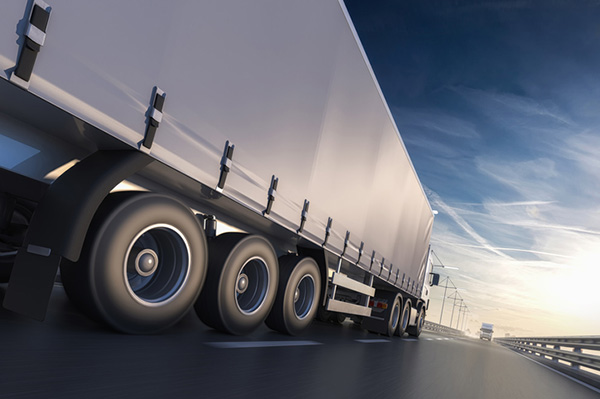The Differences Between LTL and FTL Shipping Explained to Students in Dispatcher Training

When it comes to transporting goods via truck, businesses have a range of distinct transportation options to choose from. These shipping options are largely built around the division and distribution of goods amongst vehicles. Wholesalers and other businesses that choose the right option, for the right price, can reap the benefits of achieving lean and cost-effective movement of goods. For dispatchers managing these shipments, a firm understanding of these divisions, and the acronyms that govern them, is crucial.
What do you need to know for your career in dispatching? Here’s a quick taste!
Breaking Down the Terms for Those Taking Dispatcher Training
When it comes to truck transportation, the really key decision that must be taken by businesses is whether to opt for LTL or FTL shipping. LTL stands for “Less Than Load” shipping (also commonly referred to as “Less Than Truckload” shipping) and is typically a solution that is utilized when a small shipment needs to be sent to an individual location by truck. Usually, this is a shipment that exceeds the 150lbs limit of commercial delivery van companies, but crucially it is not a shipment that is enough to fill an entire truck. For larger shipments that do take up a whole truck, FTL, or “Full Truck Load” shipping is selected.

A truck engaged in LTL shipping will often carry totally different small loads on board, which can have different final destinations. Meanwhile, FTL loads will tend to consist of goods destined for a single destination, with the load filling up an entire hauled semi-trailer.
An additional variation, known as PTL, or “Partial Truck Load” also exists, and is used to refer to substantial loads that partially fill a truck but are not handled or shifted quite as frequently as LTL loads.
Differences Between LTL and FTL that Grads of Dispatch School Should Account For
Grads of dispatch school who are handling LTL or FTL loads will need to be aware of the various pros and cons of each delivery method. For example, while generally a cheaper option, LTL loads are often slower in delivery time than dedicated FTL shipments, due to needing to stop off at multiple locations to make deliveries. These loads may also need to be managed via a smaller, more regional distribution network, given the smaller carrying capacity and reduced range of some vehicles associated with LTL shipments. Additionally, for any vehicles transporting LTL loads, extra time may need to be allocated to allow for the more detailed management and re-checking of these individual loads to ensure that nothing goes missing.
By contrast, FTL loads offer a considerably more simplified dispatching process. However, any delays or setbacks in the delivery process for FTL shipments can carry more serious ramifications, given that buyers have spent a premium for fast and efficient delivery of what are sometimes highly time-sensitive or high-risk loads. By and large, the more hazardous or dangerous the goods being transported, the more likely that both regulations and practical safety concerns will push this kind of shipment into the FTL bracket.
New Market Conditions Coming to Bear and Blurring Lines
In the past, new professionals who had completed dispatcher training could count on a more clearly-defined division between LTL and FTL delivery in the logistics sector. Large, cross-country semis would carry out FTL deliveries, while smaller trucks delivered LTL loads in designated urban or regional zones.
However, the compressive effect of increased demand and tighter truckload capacities means businesses are now more likely to opt for whatever solution can get their goods where they’re needed in time. With LTL and FTL providers doing their best to say ‘yes’ to all shipments, both offerings are adapting, with more small vehicles taking a single full load, as well as more trucks being filled with sub-divided loads. With a booming e-commerce sector continuing to surge, and the push for more efficient delivery fulfillment now on, dispatchers could see the industry continue to break down walls in the push for client satisfaction.
Do you want to work at the centre of the evolving world of trucking and transport?
Contact CATI today to learn how a truck dispatch course could be a hugely rewarding option.
